SUMMARY
This is AI generated summarization, which may have errors. For context, always refer to the full article.
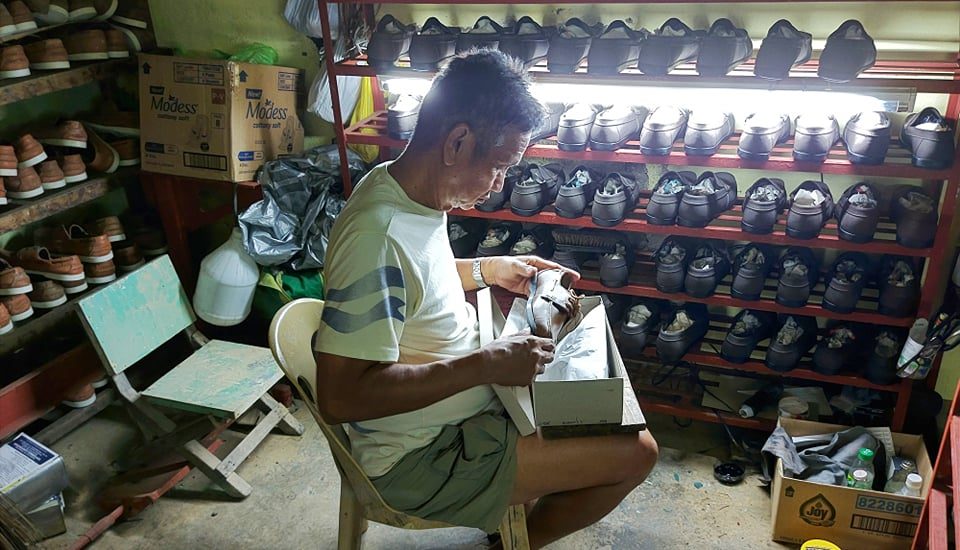
Will there ever come a time when people start buying shoes again?
After a year of lockdown, that has been a passing thought for Marikina City-based shoemakers Rolando “Oly” Santos and Benedicto Llabres, both already in their 70s.
Santos and Llabres have spent nearly 3 decades handcrafting men’s leather shoes.
They recounted how they were hitting their stride in the Philippines’ shoe capital pre-pandemic. Now, they can only hope to see the industry’s revival before they retire.
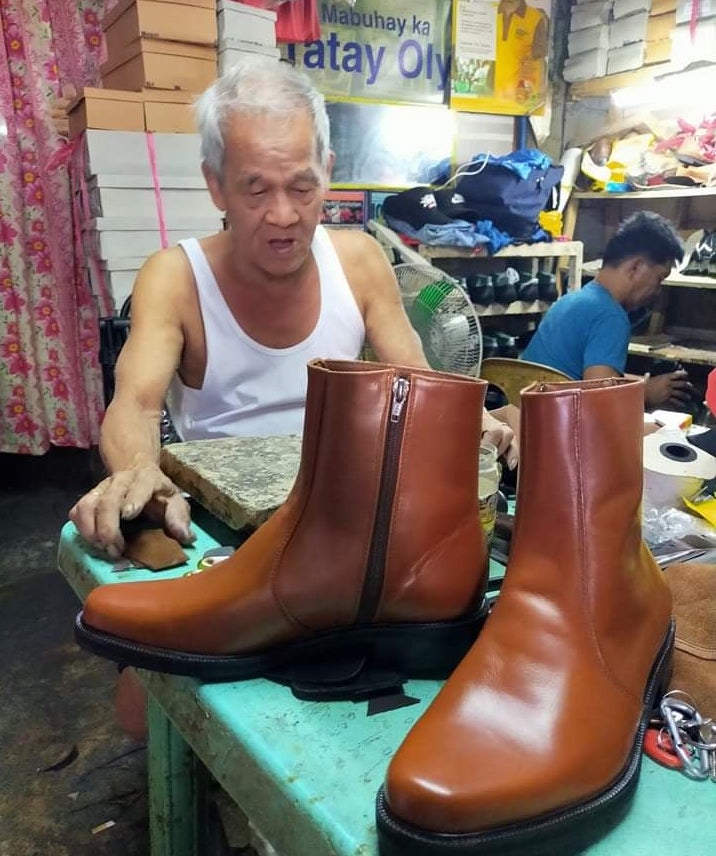
Painful losses
Marikina’s shoe bazaars were like Christmas for Santos, the maker of Tatay Oly Shoes. Every April and December, over 50 shoemakers would set up their stalls in the city plaza.
“Pagka may bazaar, talagang nasisiyahan ako dahil pagdating ng gabi, may pera na. Araw-araw iyan,” he said. (Whenever there’s a bazaar, I become really happy because by nighttime, we would have money. That would happen every day.)
On average, Santos would rake in around P20,000 to P50,000 daily. His sales even reached as high as P100,000 in a day.
To prepare for the April bazaar in 2020, Santos had made over 300 pairs of shoes as early as January. He had to spend P300,000 to pay for the materials.
But the highly-anticipated bazaar was canceled as the coronavirus pandemic brought the world to a halt.
Santos never got around to selling any of the shoes. To this day, over 300 boxes of shoes are stacked in their house.
His son, Jonjon, feels regretful.
“Nanlambot ako kasi sigurado akong kikita ‘yun kung hindi lang nag-lockdown eh,” Jonjon said. (I felt disheartened because I was sure we would’ve made a profit if only we hadn’t gone into lockdown.)
Llabres was set to deliver 400 pairs of shoes to his regular sellers in February 2020, but they withdrew their orders when the lockdown started.
Llabres remained hopeful until Typhoon Ulysses (Vamco) submerged their house in Barangay Santo Niño in November 2020, and damaged all 400 pairs of shoes.
He only started to make shoes again this March after halting operations for a year.
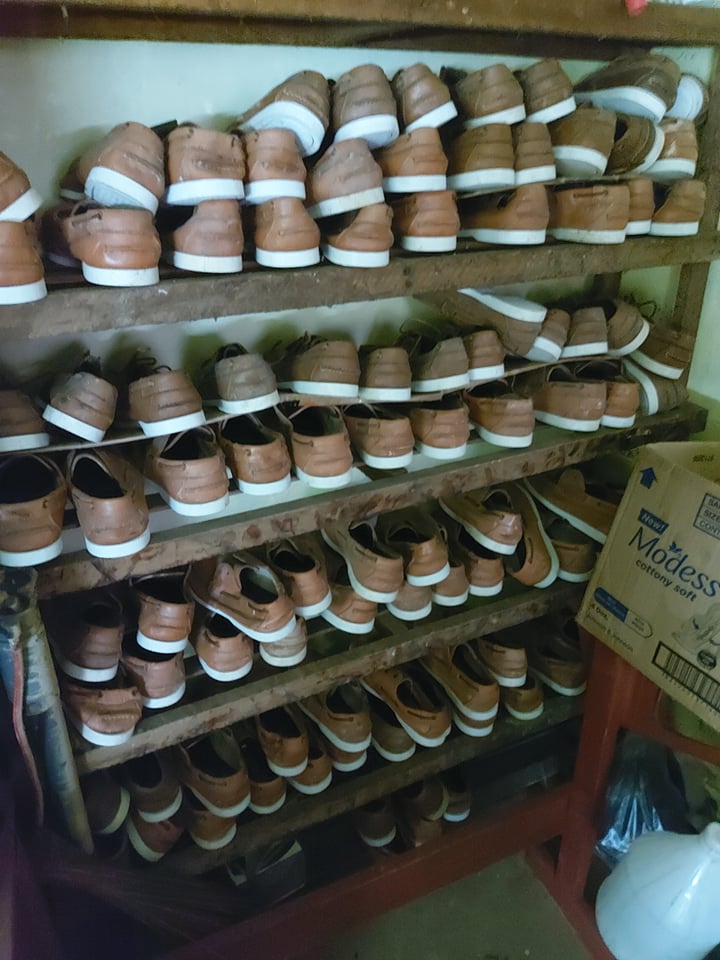
Never the same
Coming into 2021, older shoemakers like Santos and Llabres – both of whom have never owned a smartphone – had to face their next big challenge: breaking into the digital economy.
Marketing on social media, they believe, was best left to their sons and daughters.
With bazaars yet to be revived, Jonjon pinned all his hopes on Facebook. But so far, it has failed to provide a steady stream of profit.
Despite paying for ads, they only had an average of two orders a week, with each pair costing P600.
It’s only a matter of time before the stiff competition online will leave local brands like them behind.
“Ang bigat sa online. Maraming magagaling. Lalo na kung Ingglisero ‘yung kausap mo, eh mahina ako sa Ingles,” Jonjon said. (It’s difficult online. Many others are good at it. I find it hard to talk to our English-speaking customers, because I don’t speak English well.)
With sales not picking up, Jonjon tried e-commerce platforms like Shopee and Lazada last February but to no avail.
“‘Di ko kasi alam ‘yung pasikot-sikot eh. Sinubukan ko, pero kulang ako sa knowledge, sa experience. Wala rin akong mapagtanungan,” he said. (I don’t know how things work there. I tried, but I really lack knowledge and experience. I also didn’t have anyone to consult.)
Jonjon believes selling his father’s handcrafted shoes online will never be the same as participating in bazaars.
“Iba kasi ‘pag kaharap mo ‘yung tao eh. Naipapaliwanag mo kung ano ‘yung maganda at pangit, ‘di kagaya sa social media. Ang ganda ng picture kasi ang dami nang magagaling sa Photoshop,” Jonjon added. (It’s still different when you see customers in person. You can explain to them what’s nice and what’s not, unlike on social media. Now, products just look nicer in pictures because they’re edited well.)
Llabres and his wife Corrina only launched their Facebook page, called Marikina Republic Shoe Capital, in March. As Corrina only learned how to use social media from their daughter, she said everything is still new. (READ: Lifeline during COVID-19: How Facebook buy and sell groups meet people’s needs)
“Sabi ko nga nung una [sa customers], ‘Umorder na lang kayo sa landline.’ Pero kailangan matuto para mabuhay tayo eh,” she said. (I even told my customers at first, “Just order via landline.” But you need to learn to live.)
So far, she said they’ve been lucky to earn around P5,000 to P7,000 a week, mostly going to supplies and labor. This is just a fraction of their pre-pandemic sales of P30,000 a week.
In August 2020, Marikina City Mayor Marcelino Teodoro said 80% of shoemakers stopped operations while the remaining 20% with digital presence were able to continue.
Glimmer of hope?
From the influx of imported shoes to the stiff local competition, longtime shoemakers have already had their backs against the wall for years.
With the pandemic now turning their business non-essential, Llabres lamented that the industry is “knocked down.”
“Ang tao, uunahin ang pagkain kaysa sapatos. Totally bagsak kami,” he said. (People would choose food over shoes. Our sales are really down.)
Jonjon agreed. “Pangunahing customers namin mga nag-o-opisina at mga estudyante. Wala naman eskuwela, wala namang trabaho, talagang matatambak dito ‘yung sapatos.” (Our main customers are office workers and students. But with no school and no work, our stocks will really pile up.)
But Jonjon is also hopeful that they will eventually bounce back.
“Nakikita ko naman ‘yung pinaghirapan ko. Naniniwala ako darating ‘yung araw na mauubos din ‘yan, kahit isang taon pa ulit,” he said. (I do see my hard work. I believe that day will come when the shoes will be sold, even if it takes another year.)
Marikina’s shoemakers won’t give up so easily.
“Babangon din ito. Makakaraos ito unti-unti. Basta marami magkaroon ng bakuna, kikilos na ulit,” Llabres said. (We will rise again. As long as many people get vaccinated, we can make it work again.) – Rappler.com
Jan Cuyco is a Rappler intern. She is a journalism student from the University of the Philippines Diliman.
Add a comment
How does this make you feel?


![[Time Trowel] Evolution and the sneakiness of COVID](https://www.rappler.com/tachyon/2024/02/tl-evolution-covid.jpg?resize=257%2C257&crop=455px%2C0px%2C1080px%2C1080px)


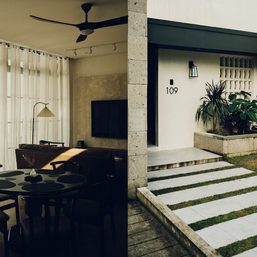


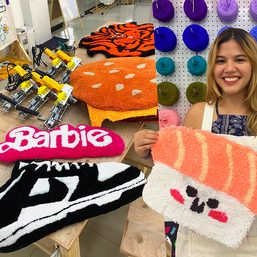
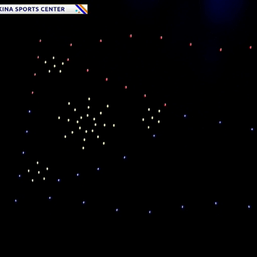

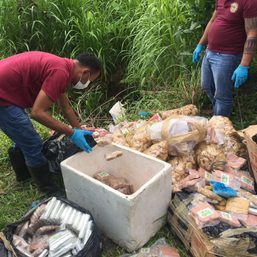

![[VIDEO EDITORIAL] Bakit ‘fail’ kapag influencer mo si Toni Gonzaga?](https://www.rappler.com/tachyon/2022/10/animated-shopee-mass-layoffs-toni-gonzaga.jpg?resize=257%2C257&crop=0px%2C0px%2C1080px%2C1080px)
![[EDITORIAL] Bakit ‘fail’ kapag influencer mo si Toni Gonzaga?](https://www.rappler.com/tachyon/2022/10/animated-shopee-mass-layoffs-toni-gonzaga-carousel.jpg?resize=257%2C257&crop_strategy=attention)
There are no comments yet. Add your comment to start the conversation.